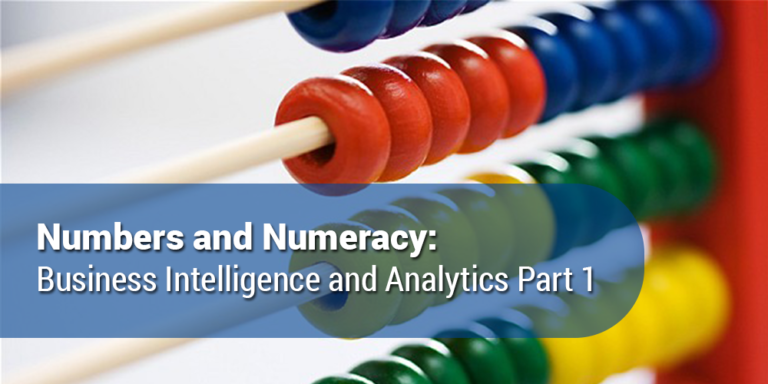IT has always been about services delivering information- information to help enterprises, organizations, employees do their jobs more effectively, more efficiently.
Since the time of the earliest humans, some 100 millennia ago, we’ve relied on data and information. The need to communicate threats (ie. predators), food (ie. prey, non-poisonous fruits), and the breakthrough that was agriculture (11,500 years ago) and commerce that followed ushered in counting and number systems. It also necessitated the need to keep records, thus the invention of writing.
Numbers ushered in mathematics, from our number systems- counting or whole numbers to complex numbers that help scientists, engineers with computations- to geometry, computational sciences, operations research and statistics.
“A good IT organization should deliver the right, pertinent data and information, to make it as widely usable as possible by the organization it serves.”
To lay people, modern math or even statistics may be dizzying if not terrifying. The information-rich, Big Data civilization of the 21st century requires individuals to not just be able read and write- be literate- but be numerate. In other words, with so much data and numbers, numeracy- the ability to understand and work with numbers- is now just as important as literacy.
A good IT organization should deliver the right, pertinent data and information, to make it as widely usable as possible by the organization it serves. In other words, a good IT organization should have a Business Intelligence and Analytics (BI&A) services that are ubiquitous and widely used.
As Accenture’s paper of Analytics stresses, the success of an Analytics Culture “is not just about data, technology and quants.” Organization that successfully leverage BI&A have people who not just know how to use the information but are able to “use the resulting insights to make decisions faster.”
The former Chief Information Officer of Procter & Gamble, Filippo Passerini, guided the Cincinnati based consumer goods giant’s IT organization- the aptly named Information and Decision Solutions- at the cutting edge of BI&A. Beyond the innovative solutions, Passerini established a central team delivering a key service- Global Analytics. This team leveraged BI solutions to help tackle challenges, ranging from where to locate new manufacturing plants and distribution centers, the right level of inventories to pricing of new products across the giant’s global business units.
Organizations with effective BI&A services enable data-based decisions at all levels, not just with a core group of statisticians or OR experts, but from manufacturing shift teams resolving a quality issue, to multi-functional brand teams choosing the right balance of advertising spend and pricing- being advised by BI&A services which may or may not include a human analyst, to a regional PAG-ASA meteorologist using NOAH’s real-time, highly visual information to advise LGUs with evacuation plans.

Source: http://fivethirtyeight.com/features/stephen-currys-bombs-are-too-good-to-be-true
A remarkable transformation of an industry that has whole-heartedly adopted analytics is professional sports. From top leagues of European soccer, Pro Tour cycling teams, North American major league baseball and basketball, scientists, statisticians and analysts now provide valuable insights and information to guide coaches, trainers and management to help in recruitment, training, nutrition even in-game formations and tactics, and provide the edge in very competitive leagues where winning tournaments can mean earnings and income in the millions of euros or dollars.
Stay tuned for our second take on Business Intelligence and Analytics!


